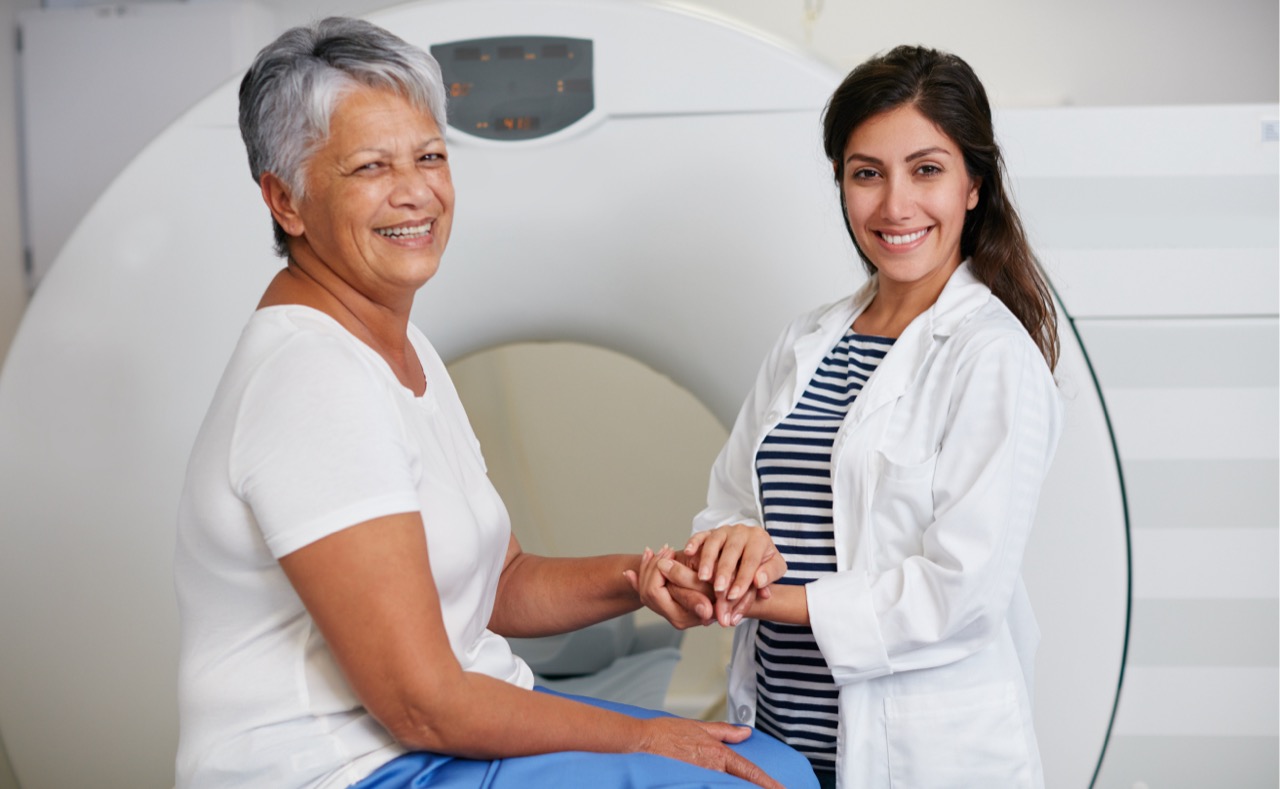Second tumours in the contralateral breast are not uncommon, particularly in older women, and clearly, their presence may have significant effects on patient management. Studies have shown that MRI of the breast has a higher cancer detection rate than clinical breast examination and mammography alone in women at high risk for developing breast cancer. Women who have been diagnosed with breast cancer are at 2-6 X the risk for developing secondary contralateral breast cancer, compared to women at average risk.
The combination of older age and a personal breast cancer history puts women aged 70years or older with newly diagnosed breast cancer at even higher risk for developing contralateral breast cancer. Dr J R Bernard and colleagues at Mayo Clinic in Jacksonville, Florida, found that post-menopausal women, including those over 70 years old, who have been newly diagnosed with cancer in one breast had higher cancer detection rates when the other breast is scanned for tumours with MRI, compared to pre-menopausal women.
They found that 3.8 per cent of 425 women had breast cancer in the undiagnosed breast that had not been found with a clinical or mammogram examination. They concluded that post-menopausal status was the only statistically significant predictor of contra-lateral cancer detected by MRI. In 72 of the 425 women, MRI detected a suspicious lesion. A follow-up biopsy showed that 16 (22 per cent) of the 72 women had contra-lateral breast cancer (stage 0-1) that had not been detected with typical screening methods. Of the 16 women diagnosed with contralateral cancer, seven were 70 or older.
In these women, detecting and treating cancer in both breasts at the same time may save costs, patient stress, and the potentially harmful effects that may come from having to treat cancer later in the second breast when discovered later. While the increased incidence of second tumours in older patients was not a surprise, the team say they undertook the study because, to their knowledge, no published studies examining the use of MRI to screen contra-lateral breasts in women diagnosed with breast cancer have included an analysis of women 70 and older.
Since 2003, the Mayo Clinic in Jacksonville has offered MRI imaging of both breasts in women with newly diagnosed breast cancer. The authors acknowledge that there are controversial aspects to any recommendation for routine MRI in all newly diagnosed patients, the study should help focus the debate and appears to justify it in at least older age groups.





